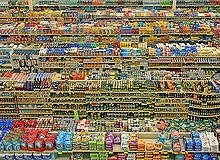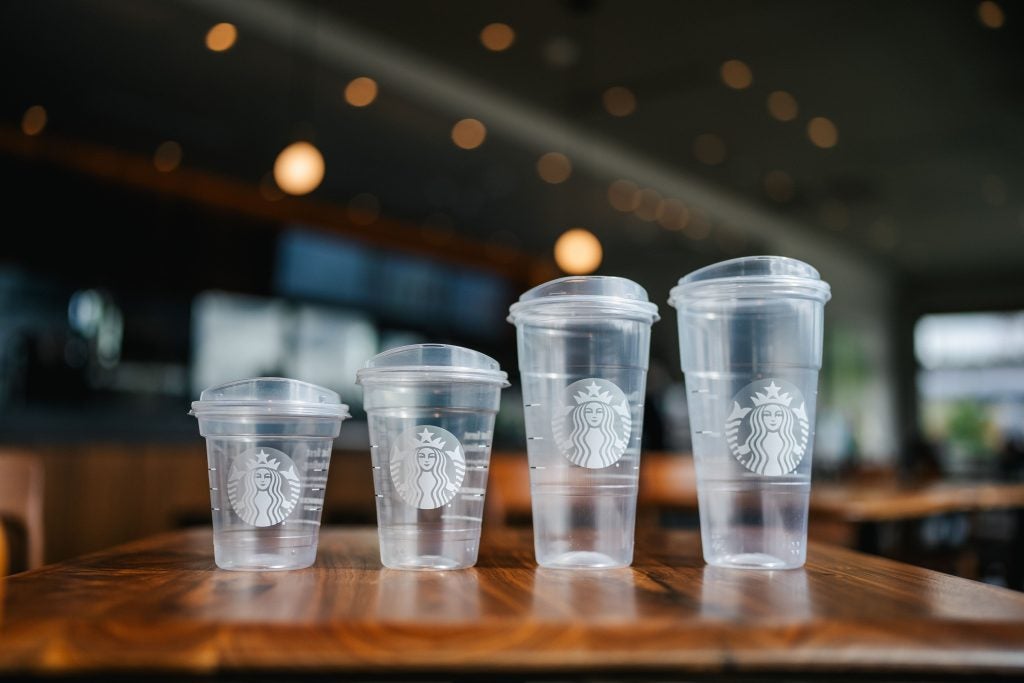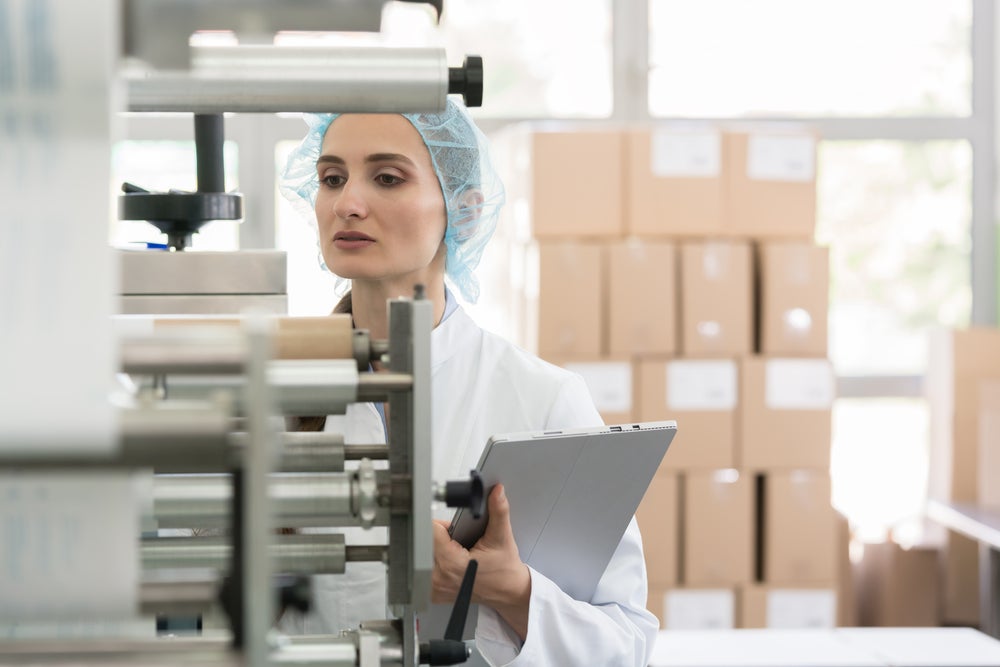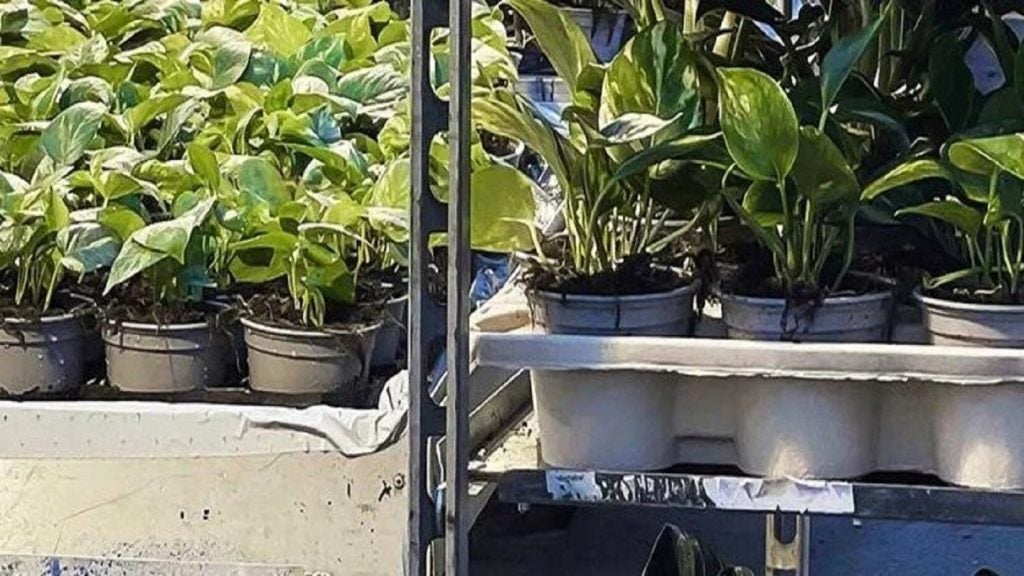
Eliminating the millions of tons of food thrown away every year in developed countries is one of the biggest challenges the industry has to tackle in the years ahead. While East Africa is afflicted by the worst drought and food shortage the continent has seen in 60 years, affecting 12 million people living in Kenya, Ethiopia and Somalia, the numbers of global food waste levels have constantly increased in recent years.
Industry experts suggest that roughly a third of food produced for human consumption is lost or wasted globally, amounting to about 1.3 billion tons a year. Food packaging designers and companies could take an important role in reducing the growing food mountain. Through new sizes, designs and the introduction of new packaging materials that prolong the shelf life of perishable foods, an important step towards more sustainable food supply can be made.
In developing countries the problem lies in the supply chain: poor storage facilities, poor infrastructure and transportation, a lack of refrigeration as well as inadequate market facilities let food go bad.
In developed countries on the other hand, foodstuff is primarily wasted by its end consumer. In the EU, food is thrown away on a massive scale. The European Commission estimates that the waste amounted to 89 million tons in 2009, 11% of all the food produced in Europe.
In the UK alone, it was estimated that in 2008 consumers threw away about a third of the country’s food supply – a wake-up call for both the food and the packaging industry.
See Also:
Packaging: the solution not the problem
Many developed countries still concentrate on the reduction of packaging waste rather than a cutback in the food thrown away. "Packaging protects food," said European Organisation for Packaging and the Environment (EUROPEN) managing director Julian Carroll at the Save Food Congress, which was held as part of Interpack in Düsseldorf in May 2011.
How well do you really know your competitors?
Access the most comprehensive Company Profiles on the market, powered by GlobalData. Save hours of research. Gain competitive edge.

Thank you!
Your download email will arrive shortly
Not ready to buy yet? Download a free sample
We are confident about the unique quality of our Company Profiles. However, we want you to make the most beneficial decision for your business, so we offer a free sample that you can download by submitting the below form
By GlobalData"For decades, packaging was seen as nothing but waste, a nuisance to be avoided. Yet nothing could be further from the truth. Packaging is a technological wunderkind that makes abundance for the masses possible," he said. "I often shake my head in despair at the sheer absurdity of the focus on packaging waste and sustainability by policymakers compared with food waste. Packaging waste pales into insignificance compared with the losses caused by food waste."
With the Save Food Congress the international packaging industry and the UN Food & Agriculture Organisation (FAO) aiming to demonstrate how solutions, concepts and the protective function of packaging can effectively help to tackle the problem of food waste, addressing global policymakers and consumers. The packaging industry needs to communicate packaging more strongly as part of the solution for more sustainability rather than to the continuous limited discussion regarding the question of disposal, the organisers claim.
Many governments and policy makers have however ignored in the past what the food packaging industry has long realised. The UK’s new waste review, published by the Department for Environment, Food and Rural Affairs (Defra) in June 2011, completely missed out on the issue of food waste. While the government commits to putting a series of measures into action to tackle and reduce packaging waste ‘towards a zero waste economy’, no steps to tackle the problem of food waste were mentioned even though ‘all aspects of waste policy and delivery in England’ had been reviewed.
One positive example in the battle against food waste comes from Denmark, where the Stop Wasting Food movement is raising consumer awareness and triggering a change in their behaviour. Supported by members of the Danish Parliament and EU politicians, the movement has received major press coverage in the country’s media, bringing the issue to every Danish household.
Stop Wasting Food is also one of the developers of the Joint Declaration Against Food Waste, an international document disclosed to the EU and the UN. It contains proposal for sustainable use of food and commits to the global reduction of food waste of at least 50% by 2025.
Smart packaging
While policymakers should concentrate on the education of consumers, the packaging industry has to tackle the growing food mountain with more practical and hands-on measures. Today’s food packaging has to reflect changing consumption habits and other social changes resulting from demographic factors and altered lifestyles. People are becoming more urban, single households are more common and also the aging populations have influenced the shape, size and the design of packaged food. In the future, different products, different amounts and different packaging sizes will be in demand.
Intelligently designed containers have to ensure their content is entirely consumed and that no residual amount remains in the package, while ensuring product safety, convenience, marketing and sustainability, technological advancements significantly prolong the shelf life of perishable foods.
Trays, wraps and other forms of physical barriers not only protect the food from their environment but also maintain safety and flavour, keep out oxygen and microbes, and make seasonal food available all year. Better transport packaging reduces bruising, crushing and other damage and mitigates the risk of food being thrown away before even arriving at the supermarket.
A step further has been made with the development of active packaging materials, which do more than simply protect, store and transport food. The different plastic films interact with the food, adding to the product’s shelf life without reducing its nutrients, adding unwanted tastes and odours, or changing the texture and appearance.
The example of a simple salad bag shows the complexity active packaging: what may look like a mere sheet of transparent plastic consists in fact of up to seven different layers. Each of the layers has unique chemical properties, laminated into one single sheet only a few hundred microns thick. The result is a bag that provides the perfect environment for the fresh and perishable salad leaves. The rate of respiration is precisely controlled and gaseous exchanges of carbon dioxide and oxygen are calibrated to perfection. The release of moisture is controlled so the leaves neither drown nor dry out, while another layer filters out UAV lights to slow down plant aging.
Another area of interest with the potential to overhaul the packaging industry and the problem of food waste in years to come is nanotechnology.
Manipulating matter on an atomic and molecular scale, the opportunities seem virtually boundless. For instance, scientists at food giant Kraft, in cooperation with Rutgers University in New Jersey and the University of Connecticut have been working on nano-particle films and packaging with embedded sensors.
One of the biggest sources of consumer food waste is the mix-up of ‘best-before’ and ‘use-by’ dates on packages. Such smart technology could be able to detect food germs and to trigger colour changes in the packaging to alert the consumer if the contents have gone bad.
A new era of food consciousness
According to Julian Carroll, the efforts of the packaging industry and movements such as the Danish Stop Wasting Food campaign show that society is beginning to recognise that it must tackle the growing food mountain at the right place. "The fact that we are gathered here today is a sign that these insights are beginning to leave the pages of packaging trade journals and are entering the mainstream," he said in his speech at the Save Food Congress in Düsseldorf in May 2011.
According to non-profit aid organisation Welthungerhilfe, however, a transition cannot only take place through packaging: it must first and foremost take place in consumers’ minds and behaviour. Food in general has to become more valuable in developed countries, as what is carelessly thrown away here can mean deprivation somewhere else.






